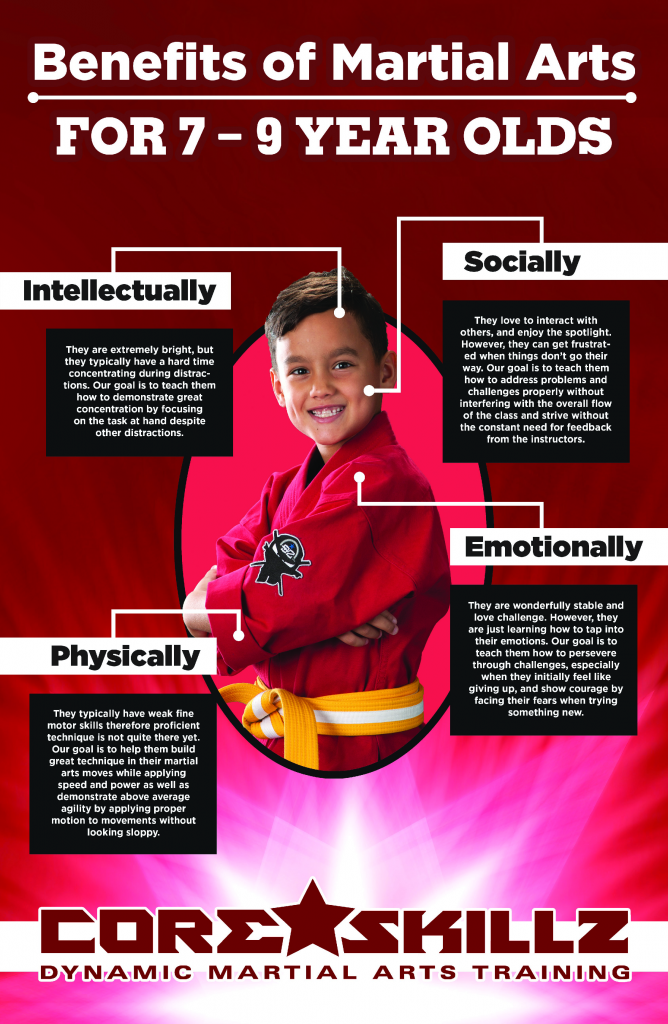The International Journey And Development Of Martial Arts Throughout Background
The International Journey And Development Of Martial Arts Throughout Background
Blog Article
Short Article By-Hess Silverman
Martial arts have a fascinating background that spans centuries and continents. You may discover it fascinating how old methods like Shuai Jiao and Kalaripayattu laid the groundwork for modern battle strategies. These disciplines not just stress physical skills but also show the cultures that birthed them. As you discover their development, consider how globalization has changed these traditional types into hybrid styles. What impacts do you believe have formed today's martial arts landscape?
Ancient Martial arts: The Foundations of Combat
As you explore the globe of ancient martial arts, you'll uncover the rich foundations that formed combat strategies throughout cultures. Early techniques focused on Self-Defense and survival, often incorporating strikes, grappling, and weapons.
In old China, for example, strategies like Shuai Jiao stressed throws and joint locks, while India's Kalaripayattu showcased dexterity and fluid activity. Japanese samurai established Kenjutsu, a polished swordsmanship that highlighted technique and approach.
These martial arts offered not just for fight but likewise as a means of personal advancement, instilling values like regard and perseverance. The mixing of these strategies with time prepared for the diverse martial arts you see today, each mirroring the one-of-a-kind philosophies and requirements of its society.
The Cultural Impact on Martial Arts Advancement
While martial arts commonly mirror the useful demands of a culture, they likewise personify the cultural worths and beliefs of their origins. When you explore different martial arts, you'll see how they're influenced by religion, viewpoint, and social norms.
As an example, the focus on regard and technique in Japanese martial arts comes from Zen Buddhism and samurai society. In contrast, Brazilian Jiu-Jitsu promotes flexibility and strategy, shaped by the requirement for performance in a varied, modern atmosphere.
https://deandiosx.blogoxo.com/35228587/understanding-the-basics-and-significance-of-taekwondo-patterns could locate that the rituals, attires, and training methods show an area's background and identity. By recognizing these cultural impacts, you deepen your admiration of martial arts and their duty fit human experiences around the world.
Modern Adaptations and the Globalization of Martial arts
Martial arts have actually transformed dramatically in current years, adjusting to contemporary culture and international impacts. You'll observe that standard kinds have combined with contemporary techniques, developing hybrid styles like MMA. These adaptations satisfy diverse target markets, making martial arts easily accessible and attractive worldwide.
With how much of the world does martial arts percent kids of social media sites and digital systems, you can locate tutorials and competitions from all edges of the globe, breaking geographical obstacles. This globalization has resulted in a common appreciation for various disciplines, from Brazilian Jiu-Jitsu to Taekwondo.
As you engage with these arts, you'll understand they're not just about fight; they advertise health and fitness, discipline, and mental well-being.
Eventually, contemporary adaptations have enriched the martial arts landscape, making it a vibrant and advancing technique.
Final thought
In discovering the history and evolution of martial arts, you uncover a remarkable mix of techniques, cultures, and philosophies. From old disciplines like Shuai Jiao and Kalaripayattu to the modern-day adaptability seen in MMA, martial arts mirror humankind's mission for Self-Defense and personal development. As you engage with these practices, you not only get skills yet also a much deeper recognition for the varied practices that shape our globe today. So, proceed how to fight a bully in high school and welcome the art of battle!
